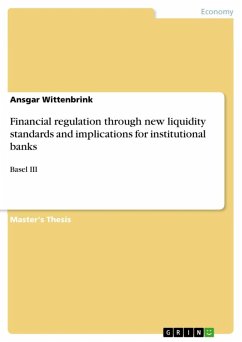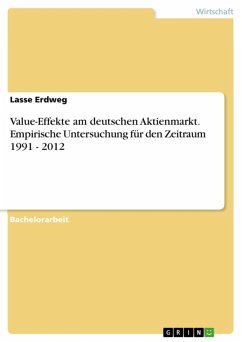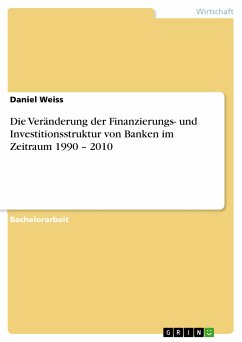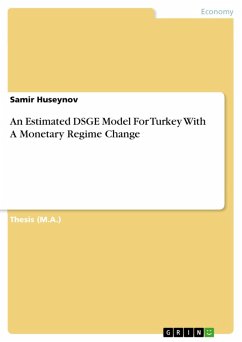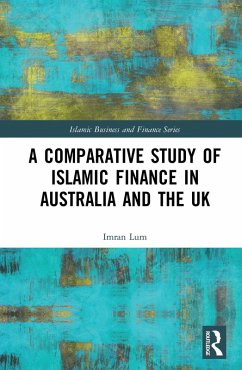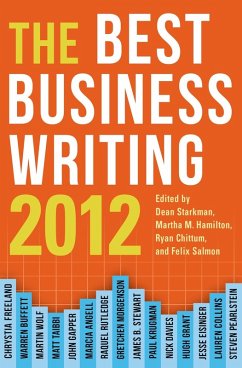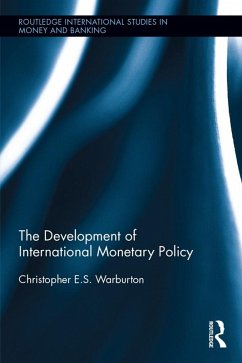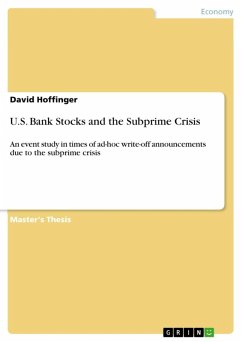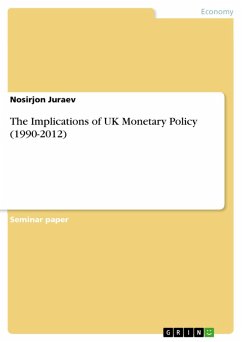
The Implications of UK Monetary Policy (1990-2012) (eBook, ePUB)

PAYBACK Punkte
0 °P sammeln!
Seminar paper from the year 2013 in the subject Business economics - Banking, Stock Exchanges, Insurance, Accounting, grade: 90, Westminster International University in Tashkent, course: BSc in Economics with Finance, language: English, abstract: Bank of England (BoE), as an independent organization stimulates the economic growth, by maintaining the transparency of the monetary policies conducted and regulates financial and foreign markets. In this report, I studied the relativity of monetary policy led by the central bank to the economic growth achieved during 1990-2011 in the UK and the effe...
Seminar paper from the year 2013 in the subject Business economics - Banking, Stock Exchanges, Insurance, Accounting, grade: 90, Westminster International University in Tashkent, course: BSc in Economics with Finance, language: English, abstract: Bank of England (BoE), as an independent organization stimulates the economic growth, by maintaining the transparency of the monetary policies conducted and regulates financial and foreign markets. In this report, I studied the relativity of monetary policy led by the central bank to the economic growth achieved during 1990-2011 in the UK and the effectiveness of the transmission mechanism through the channels involved. I concluded that it [monetary policy] had a direct impact on price stability using the intermediate targets such as monetary aggregates and official rates and, thereby influenced on the short term money market rates, firm and individuals' saving behaviors and total unemployment level in the specified periods. Further, I ran a vector autoregression (VAR) function over annual gross domestic product and broad money (M3) within the time range specified and found three-lagged-order optimal for the applied model. The 3 year long recession in the early phase of 1990, the dismissal of the UK from Exchange Rate Mechanism (ERM) (1992-7), the invasions into Afghanistan (2001) and Iraq (2003), the first appearance of credit crunch (2008-9) were reflected in impulse response function (IRF). Also, Granger causality test resulted in money as being an endogenous factor and I explained it with that that the granger's test rather examines which phenomenon occurs first in a statistical viewpoint, than the real causality between series. The results of Lagrange Multiplier test for serial correlation in the residuals and joint significance test of coefficients were all positive at the selected lag-order and the model eigenvalues lied inside the circle. I also provided the forecasted values -generated by Stata software package- to money stock, GDP and interest rate and the values proved accurate only in a year time. Keywords: Quantitative easing, Vector autoregression (VAR), Granger causality test, Impulse response function, Transmission Mechanism.
Dieser Download kann aus rechtlichen Gründen nur mit Rechnungsadresse in A, B, BG, CY, CZ, D, DK, EW, E, FIN, F, GR, HR, H, IRL, I, LT, L, LR, M, NL, PL, P, R, S, SLO, SK ausgeliefert werden.




